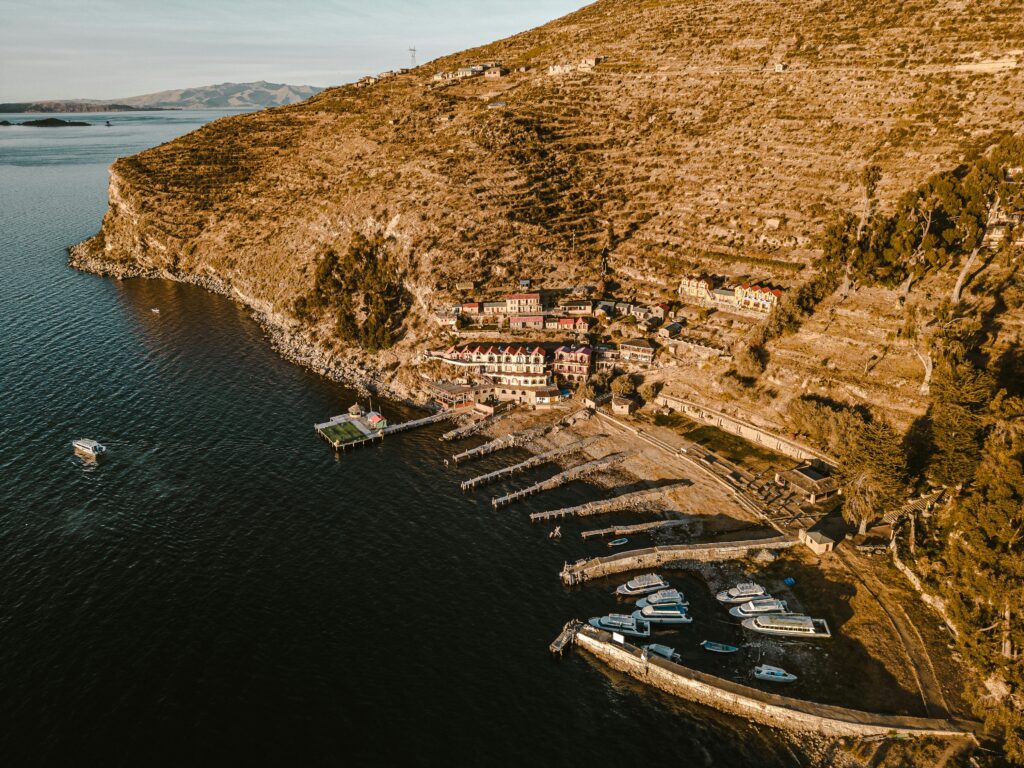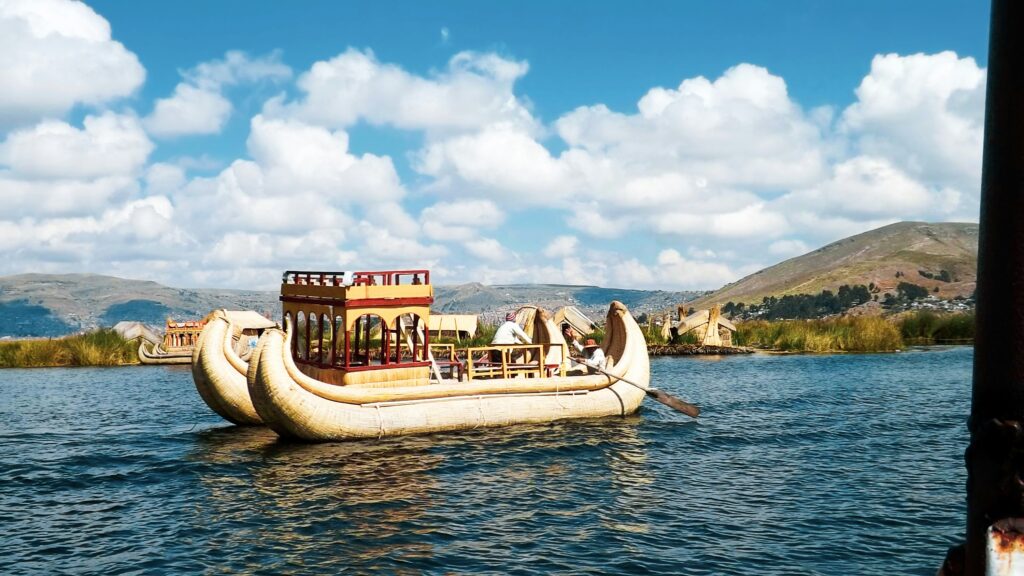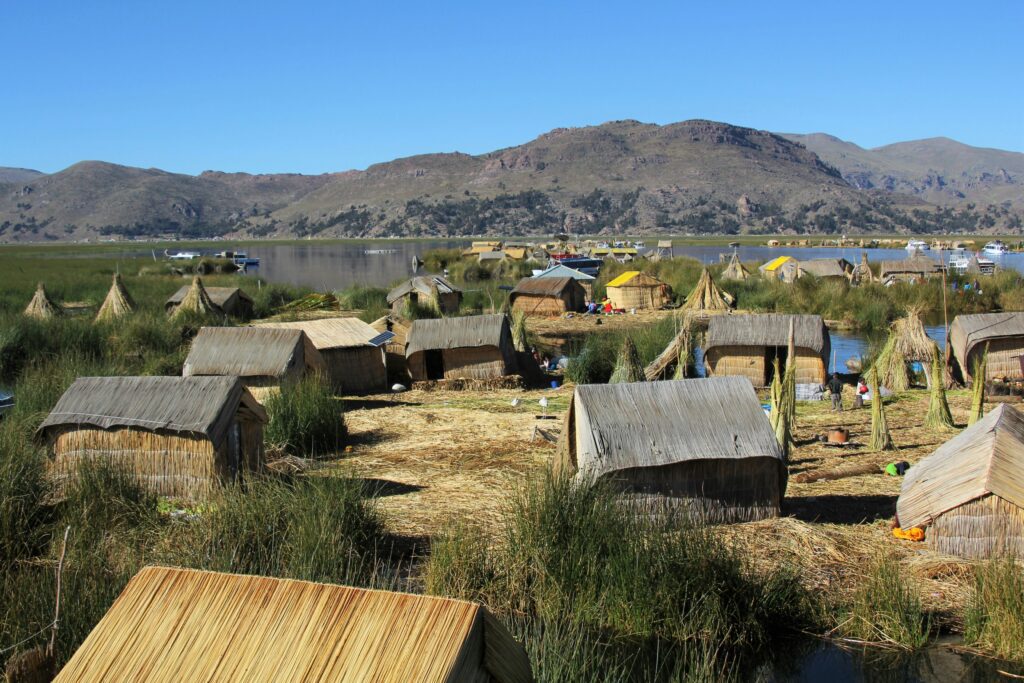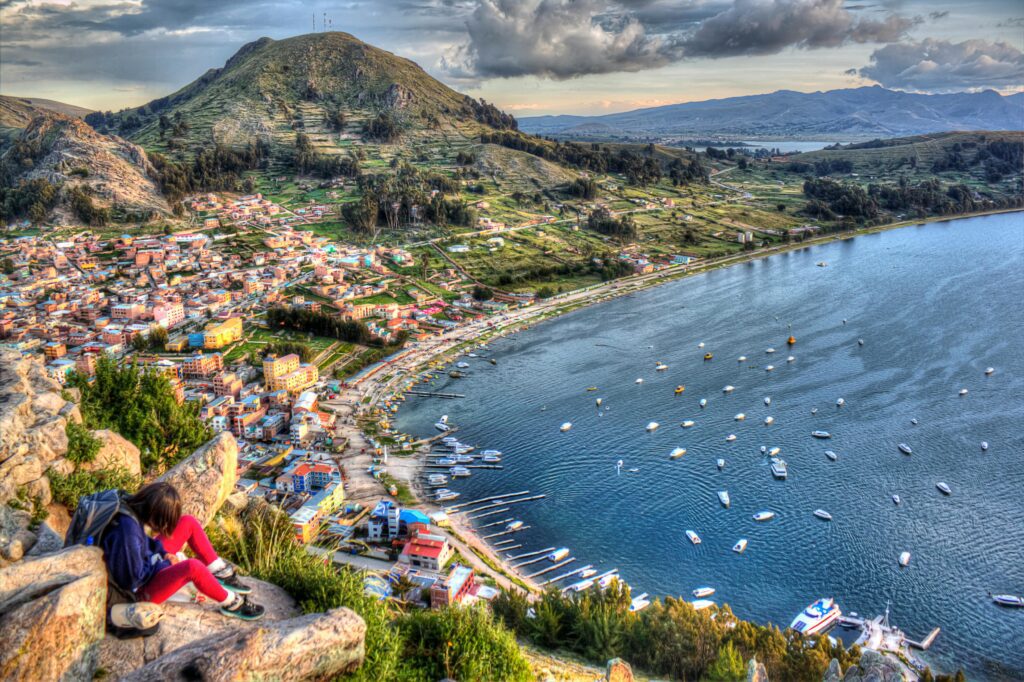Discover the best of Lake Titicaca’s Isla del Sol with this in-depth travel guide—covering attractions, logistics, a 3-day itinerary, and insider tips for an unforgettable adventure.
Introduction: The Mystical Beauty of Isla del Sol
Nestled in the sapphire waters of Lake Titicaca, Isla del Sol (Island of the Sun) is a sacred destination steeped in Inca mythology. According to legend, this is where the sun god Inti was born, making it one of the most spiritually significant sites in the Andes.

As you step onto the island’s rugged shores, you’ll be greeted by crisp mountain air, terraced hillsides, and sweeping views of the world’s highest navigable lake. The scent of eucalyptus mingles with the faint briny tang of the lake, while the distant sound of waves lapping against ancient stone docks creates a rhythm that feels timeless. Whether you’re a backpacker seeking solitude, a history buff exploring ancient ruins, or a traveler chasing breathtaking sunsets, Isla del Sol delivers an unforgettable experience.
Why Visit Isla del Sol?
✔ Rich Inca history – Explore ruins like Pilko Kaina and the Sacred Rock, where whispers of ancient rituals still seem to linger in the wind.
✔ Stunning landscapes – Hike trails with panoramic lake views, where the water shimmers like liquid silver under the Andean sun.
✔ Authentic culture – Stay in family-run guesthouses, where the warmth of Aymara hospitality is as comforting as the steaming bowls of quinoa soup they serve.
✔ Off-the-grid escape – No cars, limited electricity—just pure tranquility, where the night sky blazes with stars untainted by light pollution.
Pro Tip: For the best experience, spend at least 2-3 days on the island to fully immerse yourself in its magic. Rushing through means missing the quiet moments—like sipping coca tea while watching fishermen cast their nets at dawn.
Best Time to Visit Isla del Sol
The ideal time to visit depends on your priorities:
| Season | Pros | Cons |
|---|---|---|
| Dry Season (May-Oct) | Sunny days, cooler temps (perfect for hiking), vibrant festivals like Fiesta de la Virgen de Candelaria in August | Peak crowds, higher prices for accommodations |
| Wet Season (Nov-Apr) | Fewer tourists, lush green landscapes, lower prices | Rainy trails can be slippery, occasional boat cancellations due to storms |
Best Months: June-August (clear skies, cultural festivals, and ideal hiking conditions)
Avoid: January-February (heavy rains can disrupt travel, and some trails may be closed)
Personal Anecdote: I visited in July, and while the days were warm, the mornings were chilly (around 40°F). I’ll never forget waking up before dawn, wrapped in a thick wool poncho, to watch the sunrise from Mirador Palla Khasa. The first rays of light painted the lake in hues of gold and pink, and the silence was broken only by the distant call of a fisherman’s conch shell.
How to Get to Isla del Sol
From Copacabana, Bolivia (Most Common Route)
- Public Boats – Depart from Copacabana’s main dock at 8:30 AM & 1:30 PM (2-hour ride, ~$5 USD). These are basic wooden boats with plastic seating—pack a jacket for the windy ride.
- Private Tours – Faster and more comfortable (~$20 USD), often including guided stops at Isla de la Luna.
From Puno, Peru (Alternative Route)
- Take a shared bus to Copacabana (3.5 hours, ~$10 USD), then transfer to a boat.
- Direct tours from Puno are rare but can be arranged through luxury operators (~$150 USD for a full-day excursion).
Arrival Tips:
✔ Boats dock at Yumani (South) or Challapampa (North)—plan your hikes accordingly. The south is more developed, while the north feels wilder.
✔ Bring cash (no ATMs on the island, and credit cards are rarely accepted).
✔ Altitude warning: Isla del Sol sits at 12,500 ft (3,800 m). Spend a night in Copacabana to acclimate before heading to the island.

Top Attractions & Things to Do
1. Inca Ruins & Sacred Sites
- Pilko Kaina – A well-preserved Inca temple perched on a cliff, with jaw-dropping lake views. The stonework here is remarkably intact, and local guides will tell you how it served as a ceremonial site for moon worship.
- Sacred Rock – Believed to be the birthplace of the sun god Inti, this massive sandstone boulder is carved with puma and serpent motifs. Sit quietly here, and you might feel the energy that pilgrims have revered for centuries.
- Chincana Labyrinth – Near Challapampa, this maze-like ruin was likely a pilgrimage site or storage complex. Crawling through its narrow passages feels like stepping into an Indiana Jones adventure.
2. Scenic Hikes
- Yumani to Challapampa (8 km, 4-5 hours) – The island’s most famous trek, winding past terraced fields, grazing alpacas, and tiny Aymara villages. The trail is rocky, so wear sturdy shoes.
- Mirador Palla Khasa – A 30-minute climb from Yumani, offering 360° lake views. Time your hike for sunset, when the light turns the Cordillera Real mountains into a silhouette.
3. Local Culture & Homestays
- Stay with Aymara families in basic but cozy guesthouses (~$10-15/night). Many offer traditional meals—don’t miss the chuño (freeze-dried potatoes) or trucha (lake trout).
- Visit a weaving cooperative in Challapampa, where women demonstrate ancient techniques using alpaca wool dyed with natural pigments.
Personal Anecdote: I shared a meal with a local family in Ch’allapampa, where the grandmother taught me how to weave a traditional aguayo (colorful textile). Her hands moved deftly, and she laughed as my clumsy attempts produced a lopsided pattern. Later, we ate by candlelight, the flames casting shadows on the adobe walls as she told stories of the island’s spirits.
Where to Stay: Best Accommodations
| Area | Budget | Mid-Range | Luxury |
|---|---|---|---|
| Yumani (South) | Hostal Inti Wayra ($10, solar-powered showers) | Ecolodge La Estancia ($40, private terraces) | – |
| Challapampa (North) | Hostal Las Velas ($12, lakeside hammocks) | – | – |
Tip: Book ahead in peak season (June-August). Many guesthouses don’t have online listings—call or ask your boat captain for recommendations.
Local Cuisine: Must-Try Dishes & Best Restaurants
✔ Trucha a la Plancha – Grilled trout caught fresh from the lake, served with llajwa (spicy salsa).
✔ Quinoa Soup – A hearty Andean staple, often with fava beans and local herbs.
✔ Api Morado – A warm, sweet drink made from purple corn, perfect for chilly evenings.
Best Spots:
– Restaurant Las Velas (Yumani) – Sunset dining with trucha stuffed with quinoa.
– Café del Lago (Challapampa) – Homely spot serving sopa de pescado (fish soup).
Detailed 3-Day Isla del Sol Itinerary
Day 1: Arrival & South Island Exploration
- Morning: Boat to Yumani, hike the Inca Steps (206 stone steps leading to the village). Stop at the Fuente del Inca, a sacred spring where water flows from three spouts—legend says drinking from them brings wisdom, health, and love.
- Afternoon: Visit Pilko Kaina, then relax at Playa de Yumani, a pebble beach where you can dip your toes in the icy lake.
- Evening: Sunset at Mirador Palla Khasa, followed by dinner at Las Velas.
Day 2: North Island & Sacred Sites

- Morning: Hike to Challapampa (pack water and snacks—there are no shops en route). Explore the Chincana ruins and Museo de Oro, a tiny museum with Inca artifacts.
- Afternoon: Picnic at Sacred Rock, then hike back via the eastern trail for quieter views.
- Evening: Stargazing by the lake—the Milky Way is visible to the naked eye.
Day 3: Cultural Immersion & Departure
- Morning: Visit a weaving cooperative in Challapampa, then buy handmade souvenirs.
- Afternoon: Boat back to Copacabana, stopping at Isla de la Luna if time allows.
[Get our full printable itinerary here!]
Travel Tips for Isla del Sol
✔ Pack light – No cars, only steep trails. A 30L backpack is ideal.
✔ Bring sunscreen & altitude meds – The sun is intense at this elevation.
✔ Respect local customs – Ask before photographing people, and avoid touching ruins.
Frequently Asked Questions (FAQ)
1. Is Isla del Sol safe for solo travelers?
Yes! It’s very safe, but avoid hiking alone at night—trails are unlit.
2. Do I need a guide for the ruins?
Not mandatory, but highly recommended for historical context. Local guides charge ~$10 for a 2-hour tour.
3. Are there ATMs on the island?
No—bring enough cash (Bolivianos or USD). Small bills are best for guesthouses.
4. Can I visit as a day trip?
Possible, but you’ll miss the island’s magic. 2-3 days lets you hike both ends and soak in the culture.
5. What’s the altitude sickness risk?
High—drink coca tea, avoid alcohol, and acclimate in Copacabana first.
Conclusion: Start Your Isla del Sol Adventure Today!
From ancient ruins to pristine hikes, Isla del Sol is a must-visit for any Lake Titicaca itinerary. Whether you’re backpacking or seeking a cultural retreat, this guide ensures you’ll make the most of your trip.
Ready to explore? [Book your Lake Titicaca tour now!]
Keywords:
“Lake Titicaca Isla del Sol travel” “best time to visit Isla del Sol Lake Titicaca” “what to do in Isla del Sol Lake Titicaca” “Isla del Sol attractions Lake Titicaca” “Isla del Sol Lake Titicaca Bolivia guide”



